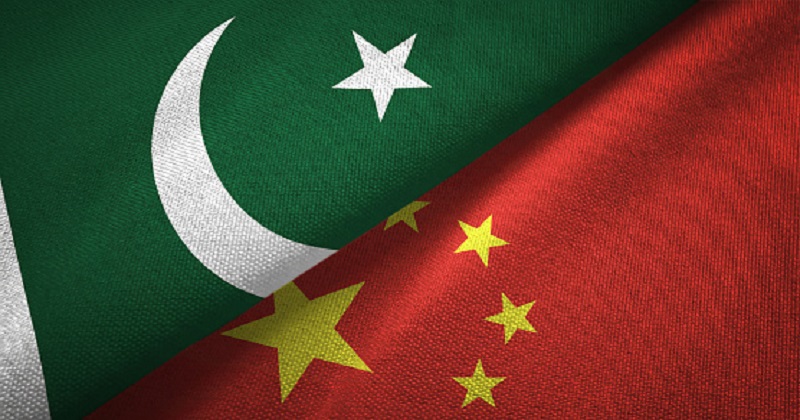
Islamabad: As all-weather-allied China has declined to restructure $ 3 billion in indebtedness, bankrupt Pakistan’s debt problem continues to increase.
Under the China-Pakistan Economic Corridor (CPEC), Islamabad has asked Beijing to ignore debt liabilities for China-funded energy projects set up.
As per media reports and industry analysts, the large-scale debt load for creating independent power producers (IPPs) on power generation contracts amounted to more than $ 19 billion in total investment in plants.
China has declined to move at Islamabad’s call to renegotiate power purchase agreements, declaring that Chinese banks need to improve those terms and conditions for any debt relief requirements under which credit was extended, say media reports.
Beijing said in response to a request to renegotiate the terms. the banks, including the China Development Bank and the Export-Import Bank of China, were not ready to change any condition of the earlier agreement with the government.
Nauman Wazir, Pakistan Tehreek-e-Insaf (PTI) Senator and industrialist, told the media, “Firstly, the tariff set by the National Electric Power Regulatory Authority (NEPRA) was very high at the time of allowing power generation in the private sector. ”
“Then, the IPP submitted erroneous declarations concerning the company’s capital, financial assets and operating costs, which became apparent when the balance sheet of the IPP was made public,” he declared, quoting evidence that when Pakistan’s power was on an inquiry committee was revealed. The sector announced its findings last year.
By 30 December 2020, Pakistan has already entered a sovereign debt “danger zone” with total liabilities and debt of $ 294 billion, representing 109 per cent as a percentage of GDP.
The government of Pakistan is reportedly owed about $ 158.9 billion to domestic creditors, of which about $ 15.1 billion is owed to public sector enterprises. As per The News International, $ 3.11 billion from Chinese deposits and $ 1 billion of foreign commercial debt helped the government achieve net transfers. Dollar flow in the current financial year.
With the combination of foreign commercial loans and safe deposits, Pakistan received more than $ 4.1 billion, which was more than 50 per cent of the total foreign dollar inflows received from creditors.
During July-February of the financial year 2020-21, according to official data from the Department of Economic Affairs (EAD), the Imran Khan government received a total outflow of $ 7.208 billion from several financing sources, which is 59per cent of the annual budget estimate of $ 12.233 billion for the entire fiscal year 2020-21.
The News International further described, payment from multilateral and bilateral development partners also managed a strong trend and is $ 3.098 billion against the budgetary allocation of $ 5.811 billion on concessional terms with a longer maturity for the fiscal year 2020-21 during the reporting period. These healthy inflows also assisted develop foreign exchange reserves and exchange rate balance.
The Pakistan outlet declared in its official report that raised levels of external flows from multilateral and bilateral development partners indicate their confidence in the government’s development priorities and policies, including fiscal and debt management, implementation of reforms in priority sectors of the energy sector and comfort of doing business.

Post Your Comments